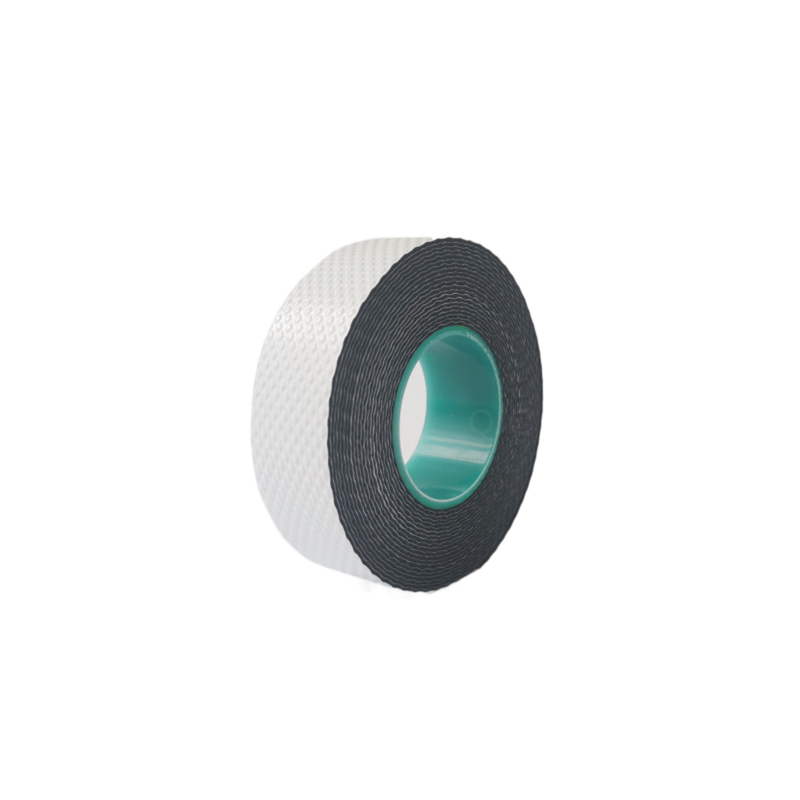Understanding Self-Annealing Tape A Revolutionary Solution for Electrical Insulation
In the ever-evolving field of electrical engineering and construction, the demand for reliable and efficient insulating materials has never been higher. Among the plethora of options available, self-annealing tape has emerged as a game-changer, offering advanced solutions for insulation and sealing applications. This article delves into the features, benefits, and applications of self-annealing tape, shedding light on why it's becoming a favored choice in various industries.
What is Self-Annealing Tape?
Self-annealing tape is a specialized form of adhesive tape designed for electrical insulation. It is typically made from a blend of elastomers and has unique properties that allow it to conform to irregular surfaces and form a robust, sealed layer upon application. This tape undergoes a self-annealing process, where the layers of tape bond seamlessly together when pressed, creating a solid, insulated surface without the need for external heat or additional adhesives.
Key Features of Self-Annealing Tape
1. Self-Adhesive Properties The unique adhesive formulation allows for immediate bonding to various surfaces, eliminating the need for preparation or primer layers. This ensures a quick and hassle-free installation process.
2. High Voltage Insulation Self-annealing tape is engineered to withstand high voltage applications, providing exceptional insulation and safeguarding electrical components from shorts and failures.
3. Conformability The tape's elastic nature ensures it can wrap around complex shapes and contours, making it ideal for a wide range of applications, from wire harnesses to connectors.
4. Temperature Resistance Withstanding extreme temperatures, self-annealing tape maintains its integrity in harsh environments, ensuring long-lasting protection for electrical systems.
5. Chemical and Moisture Resistance The tape is resistant to various chemicals, oils, and moisture, making it suitable for outdoor applications and in environments where exposure to corrosive substances is a concern.
Benefits of Using Self-Annealing Tape
The adoption of self-annealing tape in electrical applications brings numerous advantages
self annealing tape

- Time Efficiency The easy application and rapid bond formation significantly reduce installation time, allowing for quicker project completion.
- Cost-Effectiveness By eliminating the need for additional insulating materials and labor, users can reduce overall project costs while ensuring top-notch insulation quality.
- Durability The robust nature of self-annealing tape ensures longevity, reducing the frequency of maintenance and replacements, which is particularly crucial in industrial settings.
- Versatility This tape can be used in various applications, including automotive, aerospace, marine, and construction, making it a versatile solution for engineers and contractors alike.
Applications of Self-Annealing Tape
Self-annealing tape is utilized across numerous sectors
- Electrical Engineering It serves as an insulator for wire splices, connections, and other electrical components, protecting sensitive electronics from damage.
- Automotive Industry In vehicles, self-annealing tape is used for insulating and securing electrical wiring, ensuring safety and reliability.
- Aerospace The tape’s ability to resist extreme conditions makes it ideal for insulating wiring in aircraft systems.
- Telecommunications It is used to protect cables and connectors from environmental factors, enhancing the longevity of communication systems.
Conclusion
As technology advances, the materials we use must evolve to meet new demands. Self-annealing tape represents a significant leap forward in electrical insulation technology, offering reliability, efficiency, and versatility. Its unique features make it an indispensable tool for engineers and technicians looking to enhance the safety and performance of their electrical systems. In a world where electrical reliability is paramount, self-annealing tape stands out as a superior choice for modern applications.
-
XIANGFAN Rubber Tape-Ultimate Solutions for All Your Insulation NeedsNewsJun.24,2025
-
XIANGFAN Rubber Tape-Protection for Industrial and Residential ApplicationsNewsJun.24,2025
-
XIANGFAN Rubber Tape: Superior Safety and Sealing for Demanding EnvironmentsNewsJun.24,2025
-
XIANGFAN Rubber Tape: Reliable Solutions for Every Electrical ChallengeNewsJun.24,2025
-
XIANGFAN Electrical & Industrial Tape: Powering Reliability Across IndustriesNewsJun.24,2025
-
XIANGFAN Electrical & Industrial Tape: Excellence in Every ApplicationNewsJun.24,2025
